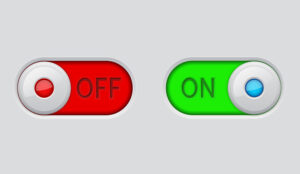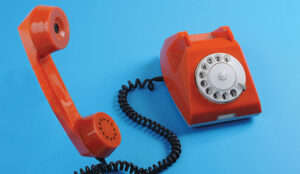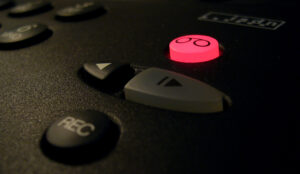A working party has been set up to develop standards for outbound telephone systems to detect when a call has been answered by a network-based answering machine or voicemail.
Historically, the detection of answering machines has been performed using algorithms that listen to the phone line and attempt to determine whether a live person or a machine has answered. However, from time to time, the calls are wrongly classified.
This creates what is known as an AMD ‘False Positive’, which will result in someone receiving a silent call.
Under Ofcom’s regulations, allowance for these silent calls must be made when calculating an abandonment rate for predictive diallers.
Fortunately, with the advent of network-based answering systems such as BT 1571, Callminder and mobile phone voicemail, a better solution is now available. By using the digital network facilities of ISDN and SIP it is possible for the networks to inform the outbound calling system that it is being forwarded to an answering system. This removes any guesswork and allows 100% accurate results without the risk of AMD False Positives.
While the building blocks exist in the networks for this solution to be implemented, there have historically been no standards for Network Based AMD.
The working party has been set up to design the necessary standards for both ISDN and SIP networks and to work with Ofcom and the telecoms providers to promote their use.
The group is chaired by Jonty Pearce, Garry Pearson is leading the technical group, and Dave Nicholls is the Group Coordinator.
Founder members
- Altitude Software
- Azzurri
- Daviker
- DJN Solutions
- IT Sonix
- Noetica
- Noble systems
- Rostrvm Solutions
- Sytel
- Ultra Communications.
Author: Jo Robinson
Published On: 1st May 2013 - Last modified: 23rd Mar 2020
Read more about - Customer Service Strategy, Answer Machine Detection (AMD), Ofcom, Rostrvm, Sytel, Ultra



































